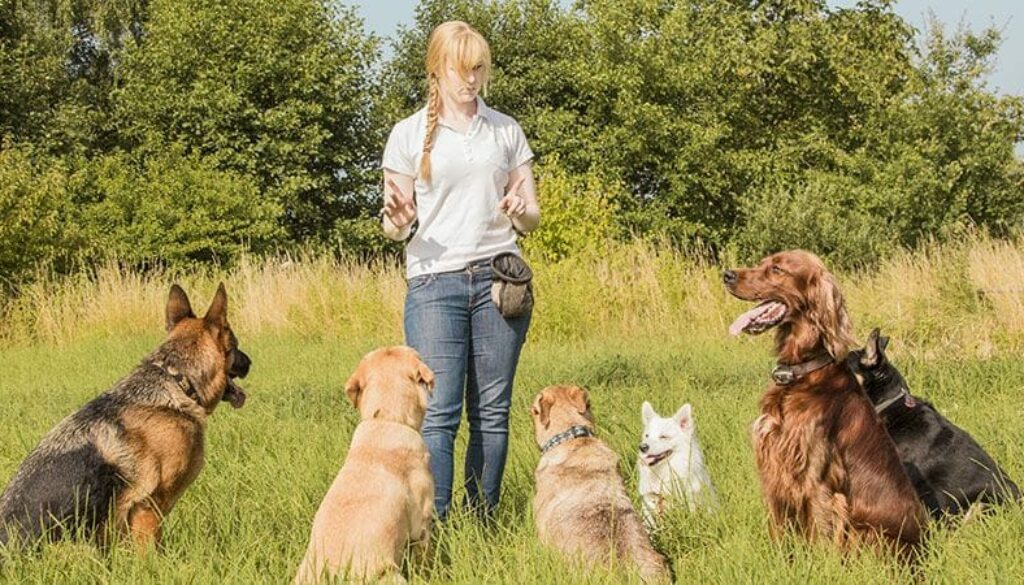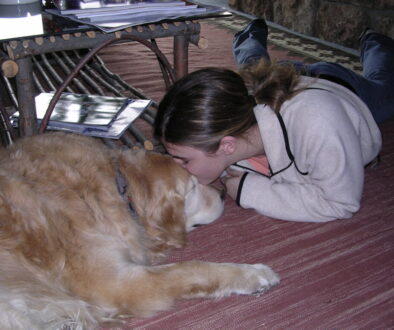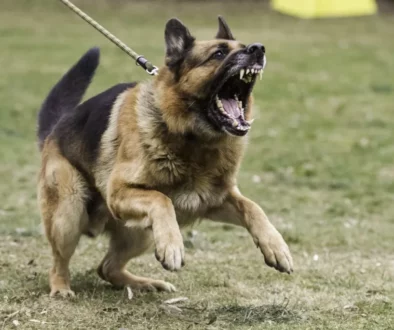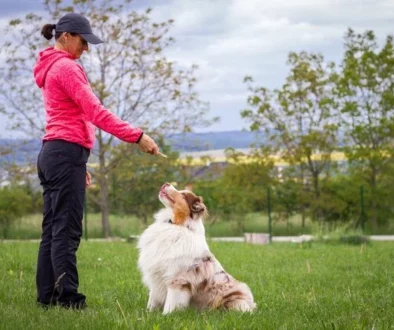Basic Dog Obedience Training: A Step-by-Step Guide
Basic dog obedience training is essential for maintaining a harmonious relationship between you and your furry friend. Training your dog not only ensures their safety but also promotes good behavior and establishes clear communication between you and your canine companion. In this article, we will walk you through a step-by-step guide on basic dog obedience training, providing you with valuable insights to achieve successful results.
Setting the Right Foundation
Before diving into the actual training process, it’s crucial to create a conducive environment where your dog can thrive and learn. Here are some vital steps to consider:
- Establish a Positive Reinforcement Approach: Dogs respond best to positive reinforcement, such as treats, praise, and play. Rewarding desired behavior is more effective than punishing unwanted behavior.
- Create a Safe Space: Designate a specific area for your dog’s eating, sleeping, and potty activities. Providing a comfortable and secure environment helps them feel relaxed and focused during training sessions.
- Use Consistent Verbal Cues: Consistency in verbal cues, such as “sit,” “down,” and “stay,” is essential. Be sure to use the same words and tone of voice every time.
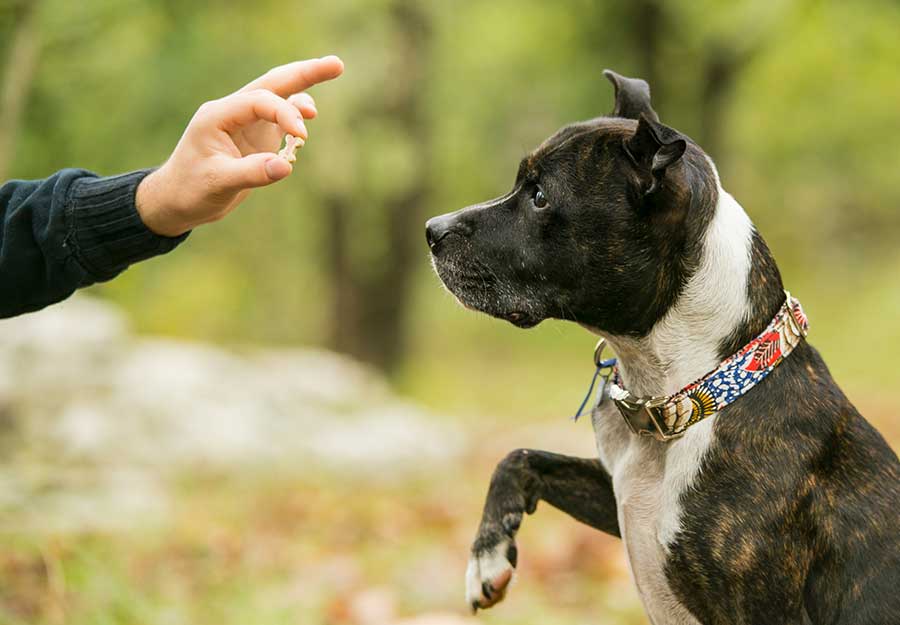
Building a Strong Foundation of Basic Commands
The foundation of basic dog obedience training lies in teaching your dog essential commands. These commands establish control and improve your dog’s behavior. Let’s delve into a few primary commands:
- Sit: The “sit” command is one of the fundamental commands every dog should learn. It helps control impulsive behavior and establishes discipline.
- Stay: Teaching your dog to “stay” is crucial for safety and control during walks or when visitors arrive. Mastering this command ensures your dog remains in place until you allow them to move.
- Recall: The “recall” command is vital for keeping your dog safe and under control. Teach them to come to you when called, even in distracting or unfamiliar situations.
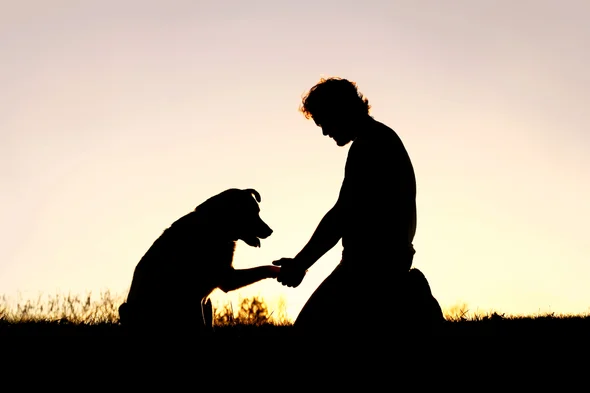
Effective Training Techniques
Once you have established a solid foundation, it’s time to implement effective training techniques to achieve the desired results. Here are a few effective techniques to consider:
- Clicker Training: Clicker training is a popular approach that uses a clicking sound to mark desired behavior, followed by a reward. This technique helps dogs associate the sound with positive reinforcement, making learning more enjoyable for them.
- Leash Training: Leash training is crucial for teaching your dog how to walk politely on a leash without pulling or becoming reactive. Using treats and a loose leash technique, guide your dog to walk beside you calmly.
- Crate Training: Crate training can be beneficial for housebreaking, providing a safe space, and preventing destructive behavior. Gradually introduce your dog to the crate, using positive reinforcement to create a positive association.
Addressing Behavioral Issues
Jumping
Jumping behavior is a common problem in dogs, but understanding the reasons behind it can help you address and correct this behavior effectively. Dogs may jump as a form of greeting, to seek attention, or out of excitement. To discourage jumping, it is important to be consistent and use proper training techniques.
One effective method is to ignore the dogs when they jump and reward them for calm behavior. Turn away and avoid eye contact until they settle down, and then provide positive reinforcement such as praise and treats. Redirecting their attention to an appropriate behavior, like sitting, can also help deter jumping. Consistency is key, and it’s important to communicate the desired behavior consistently to the dog.
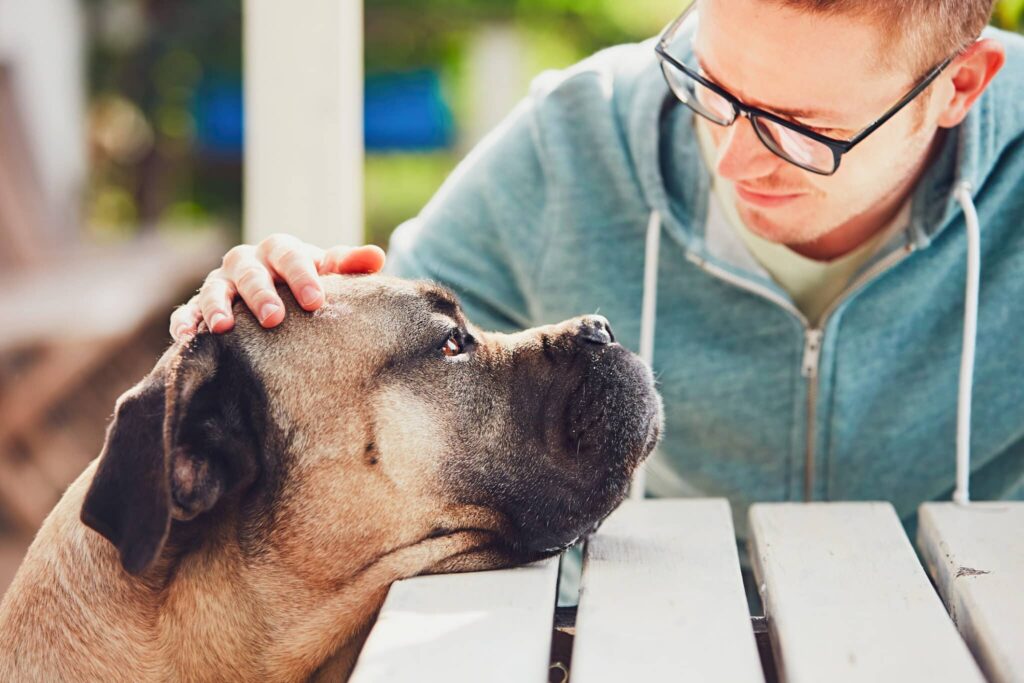
Leash Pulling
Leash pulling can make walks frustrating and challenging. Teaching leash manners and loose leash walking can make walks enjoyable for both you and your dog. Start by using a proper-fitting leash and collar or harness that provides control without causing discomfort.
Incorporate leash training exercises such as stopping when your dog pulls and only proceeding forward when the leash is loose. Reward your dog with treats and praise when they stay by your side. Gradually increase the duration and distance of loose leash walking as your dog becomes more comfortable and responsive. It’s important to remain patient and consistent during the training process.
There are also tools and equipment available that can aid in leash training, such as no-pull harnesses and head halters. These tools can provide additional control and help redirect your dog’s pulling behavior. However, it’s important to use them properly and seek guidance from a professional if needed.
Excessive Barking
Excessive barking can be a nuisance and may indicate underlying issues. Identifying the triggers for excessive barking is crucial in addressing this behavior. Dogs may bark due to boredom, attention-seeking, fear, territorial instincts, or separation anxiety.
To reduce and control barking behavior, it’s essential to provide mental and physical stimulation for your dog. Engage them in regular exercise, provide interactive toys, and establish a consistent routine. Use positive reinforcement to reward quiet behavior and teach the “quiet” command.
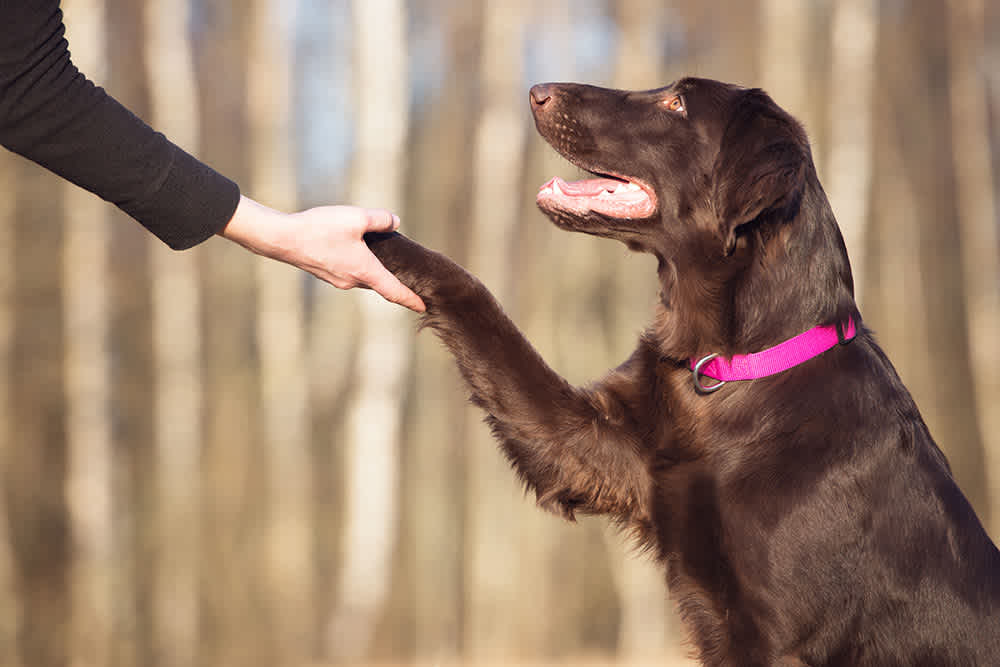
Addressing the underlying causes of excessive barking is important. If your dog barks due to separation anxiety, gradually desensitize them to being alone and consider additional training or behavior modification techniques. Addressing fear or anxiety issues may require the assistance of a professional dog trainer or behaviorist.
Chewing and Destruction
Chewing is a natural behavior for dogs, but it can become problematic when they target inappropriate items or engage in excessive destruction. Redirecting chewing behavior and preventing destructive tendencies is crucial to protect your belongings and keep your dog safe.
Provide appropriate chew toys and bones to satisfy your dog’s chewing needs. When you catch your dog chewing on something they shouldn’t, calmly redirect their attention to a chew toy and reward them for chewing on the appropriate item. Consistency is key in teaching them what they are allowed to chew on and what is off-limits.
Managing separation anxiety and boredom-related chewing requires addressing the root cause of the behavior. Gradually increasing your dog’s tolerance to being alone, implementing interactive toys or feeding puzzles, and providing mental stimulation can help alleviate their anxiety and boredom. If the problem persists, consult a professional trainer or behaviorist for additional guidance.
FAQs
Q1: How long does it take to train a dog?
A: The timeframe for dog training can vary depending on the breed, age, and individual dog. Consistency and patience are essential; training is an ongoing process.
Q2: Can you train an older dog?
A: Absolutely! Dogs are capable of learning at any age. With the right techniques and consistency, you can train an older dog just as effectively as a puppy.
Conclusion: Basic Dog Obedience Training
Basic dog obedience training, is a valuable resource to develop a well-behaved and obedient dog. Remember to establish a positive and consistent approach, teach essential commands, and employ effective training techniques. With patience, consistency, and love, you can transform your furry friend into a disciplined and well-mannered companion. Embark on this training journey and enjoy the numerous benefits of a well-trained dog.
So, get ready to embark on an exciting journey of training your four-legged friend with our easy-to-follow Basic Dog Obedience Training: A Step-by-Step Guide. With the right techniques and plenty of love, you’ll have a well-behaved pooch in no time.
Also Read:
